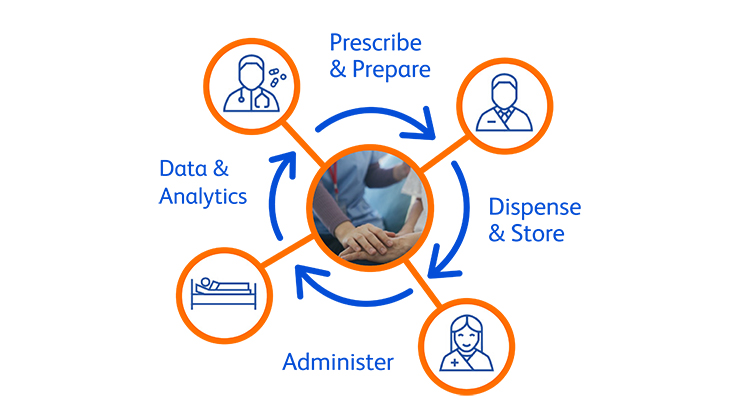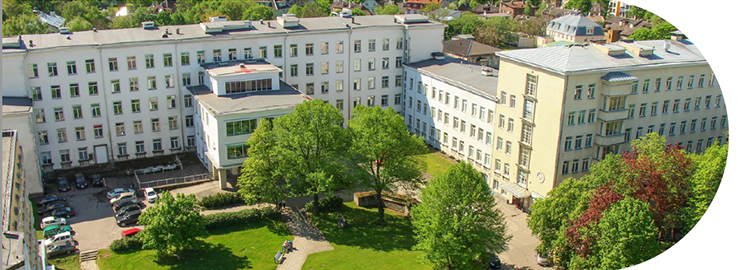Many institutions failed to (or were unable to, due to Covid) undertake the necessary workforce planning and infrastructure initiatives to ensure robust staffing levels and job satisfaction.
Dr Hans Henri P. Kluge, WHO Regional Director for Europe, calls it a "ticking time bomb."1
The High Stakes

The World Health Organization forecasts a shortage of 4.1 million (0.6 million physicians, 2.3 million nurses and 1.3 million other healthcare professionals) in the EU-28 by 2030.2

High workloads and lack of healthcare personnel contribute to 23% of medication errors.3
31% of nurses who are involved in an adverse event end up taking two to three months off work, to deal with the resulting emotion and stress.4

Job departures can also be a result. The findings in a survey of 23,000 nurses across 10 EU countries indicated that 33% of nurses planned to change jobs within the year, and that 9% planned to leave the nursing profession.5
"It is so utterly depressing to watch thousands and thousands of British cancer patients being failed. ... It's not the staff. It's the system."
- comment from study on work stress among NHS employees6
These facts highlight the critical question: Who is taking care of healthcare professionals when they take care of patients?
Free up time to care
The Connected Medication Management approach is designed to help improve clinical care and operational efficiency across the entire care continuum. From prescribing to preparation, to dispensing and administration, this approach provides a clear picture of the entire medication pathway. The result: greater visibility, safety and efficiency.


Improving Satisfaction Levels for Nurses at Geneva University Hospitals (HUG)
In a study7 conducted by HUG to assess satisfaction of nurses with the new system, 85%-90% of nurses felt that the automated dispensing cabinets improved safety, traceability and stock management. No nurses wanted to move back to the previous organisation. As part of an institution-wide strategy to improve the safety, efficiency and traceability of the medication process, the HUG committed to installing intelligent pharmacy robotics, enterprise inventory management software, pharmacy manual picking software, and automated dispensing cabinets at the wards.
Automation as the Path to Streamlining Logistical Tasks at Spital Thun
The hospital recently implemented automated dispensing cabinets at wards, part of the Connected Medication Management vision. Automation wasn't the primary goal for Spital Thun; rather it offered a way to streamline logistical tasks more efficiently. This allows healthcare professionals to support the patient's treatment with their expertise as directly as possible, and it allows pharmacists, doctors and nurses to work together as a treatment team.


Supporting Nurses and Saving Time at East Tallinn Central Hospital, Estonia
The challenges for East Tallinn included an increasing number of patients with cancer, staff shortages and budget pressures. The hospital implemented a closed loop oncology compounding and administration workflow solution, covering all steps from prescription to administration. BD Cato™ Pharmacy has reduced compounding time by 35%, medications compounded have doubled per annum without any increase in headcount, verification time has been reduced by 88.4% and 3 hours and 24 minutes of nursing time saved per day.8
"For the pharmacy, this streamlined medication management system truly meets today's challenges for all parts of the medication chain."
- Olivia François, Pharmacist, Geneva University Hospitals9

Nurturing the Backbone - A New Era in Well-Being for Healthcare Professionals
This report outlines the current situation for healthcare professionals, including the causes of stress and burnout. It explores how healthcare professionals (HCPs), governments and institutions are responding to these challenges, and the supportive role that technologies, including Connected Medication Management, can play.
What the report covers
- The Plight of Nursing and Pharmacy Staff Post-COVID
- Nurturing Well-Being and Resilience
- Stakeholders United for Change
- Digital Healthcare Revolution
What if you could help to reduce the burden of constant change, unpredictable workload and burnout for your staff?
What if you could utilise the power of automation to help reduce medication errors?



